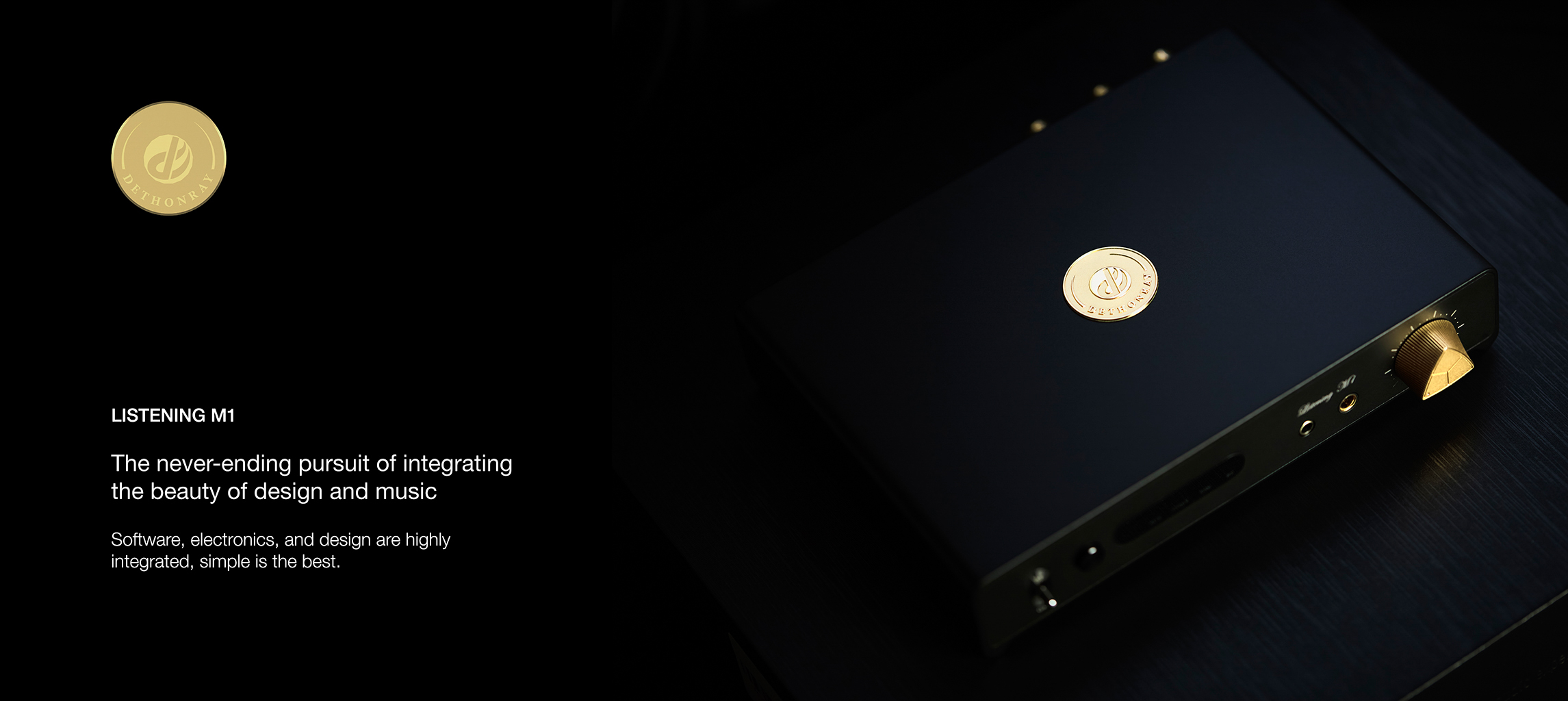
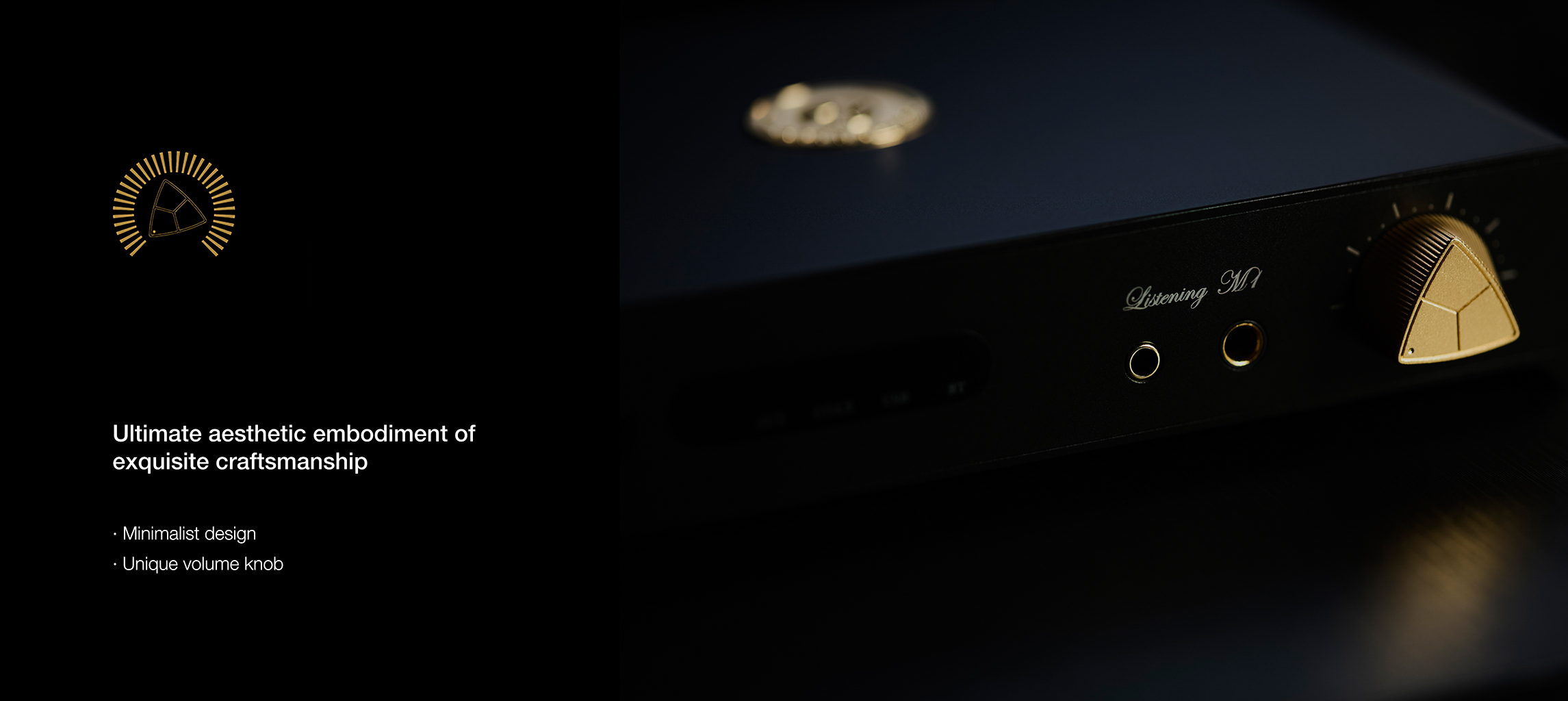
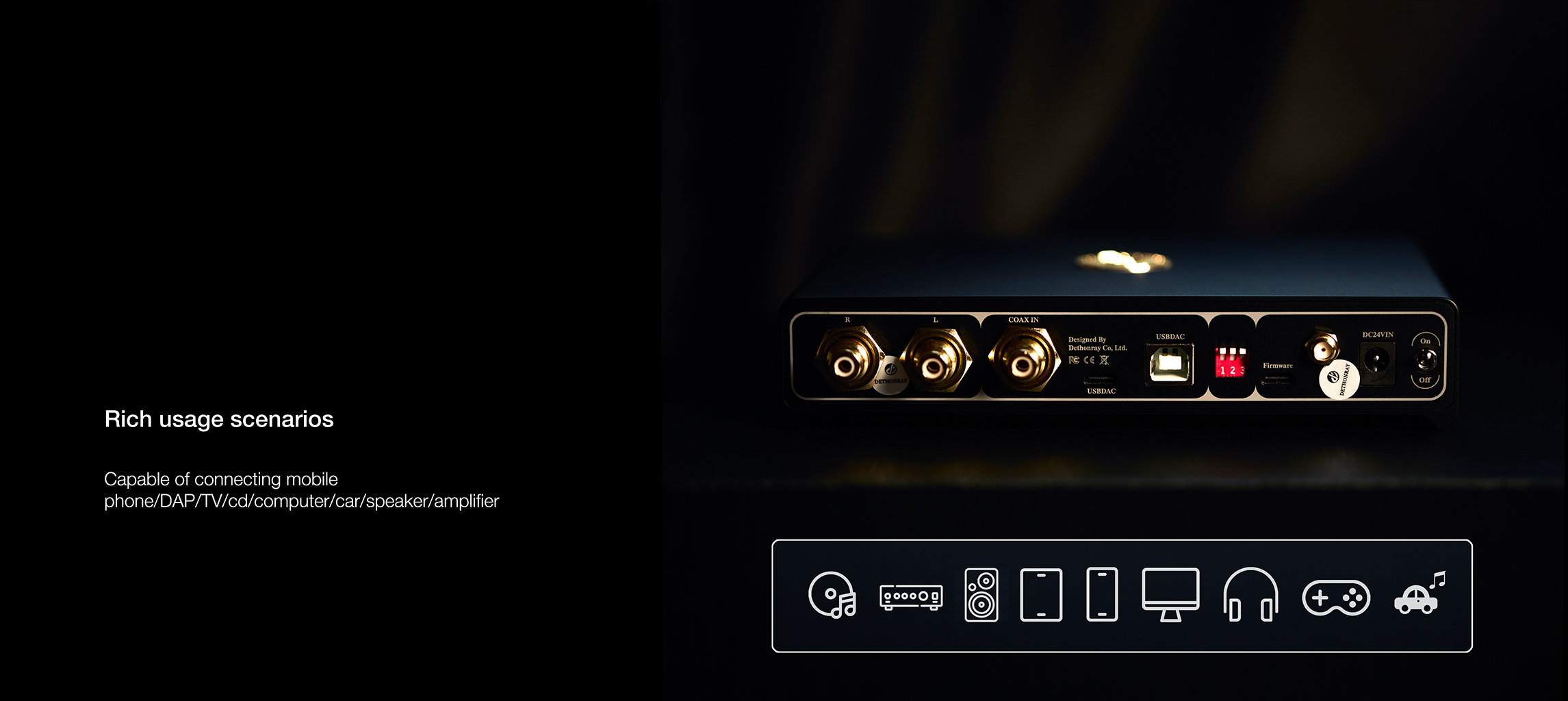
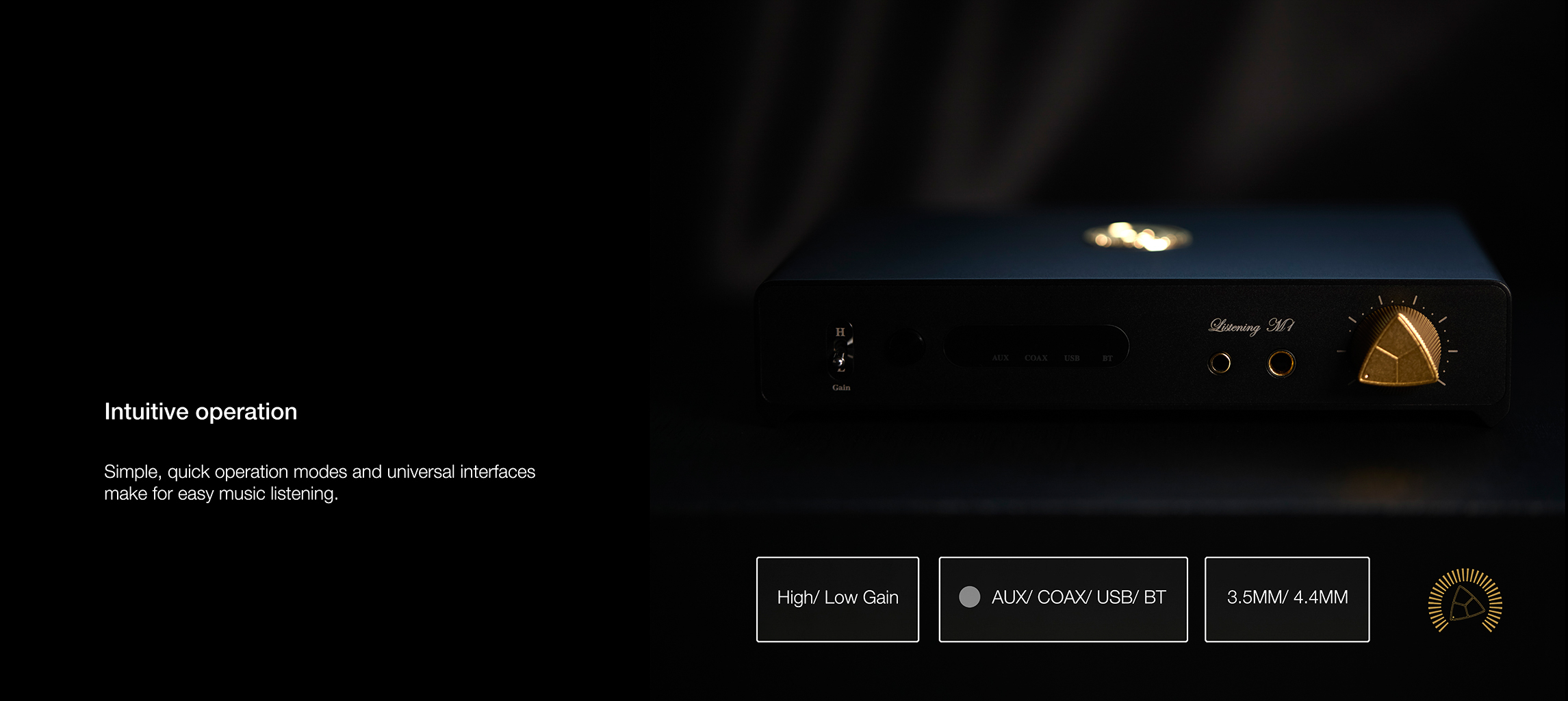
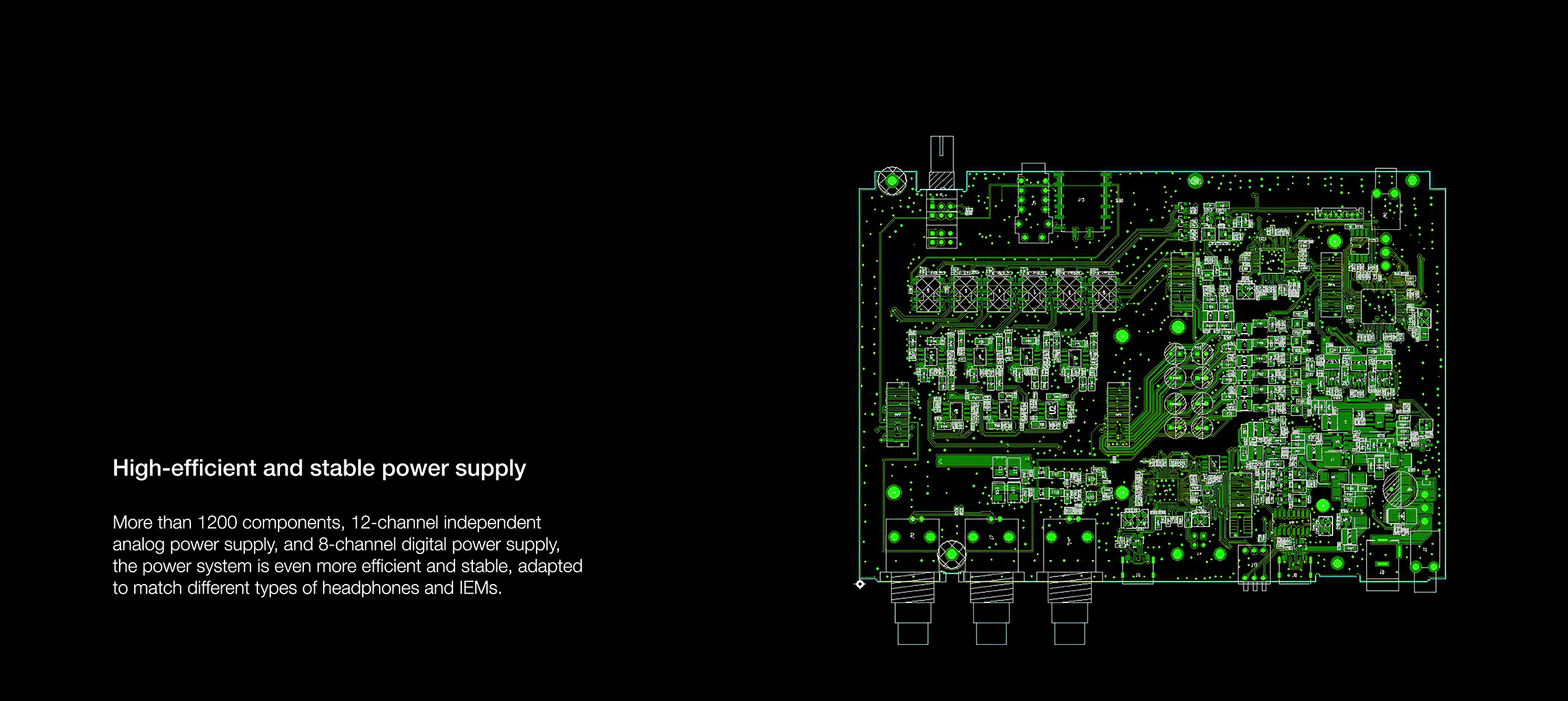
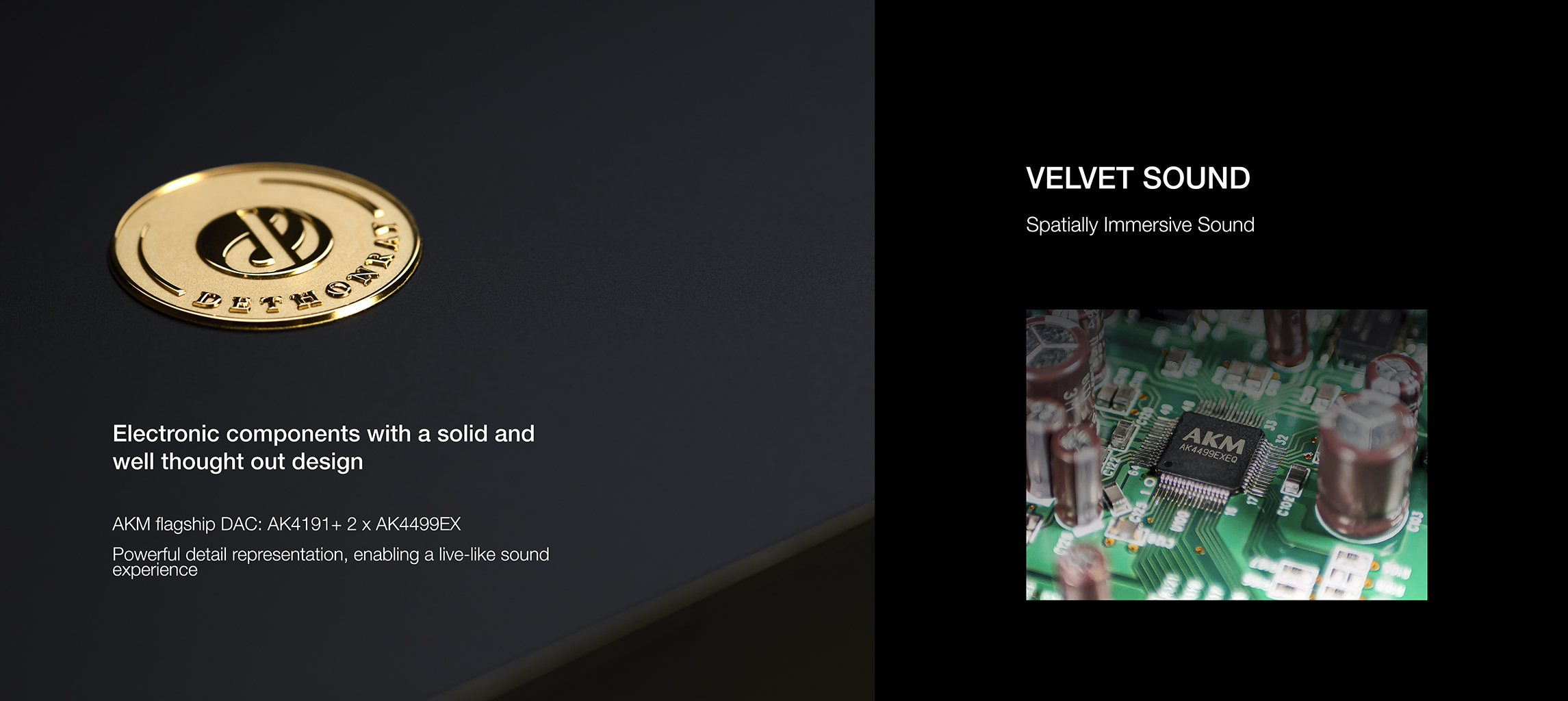
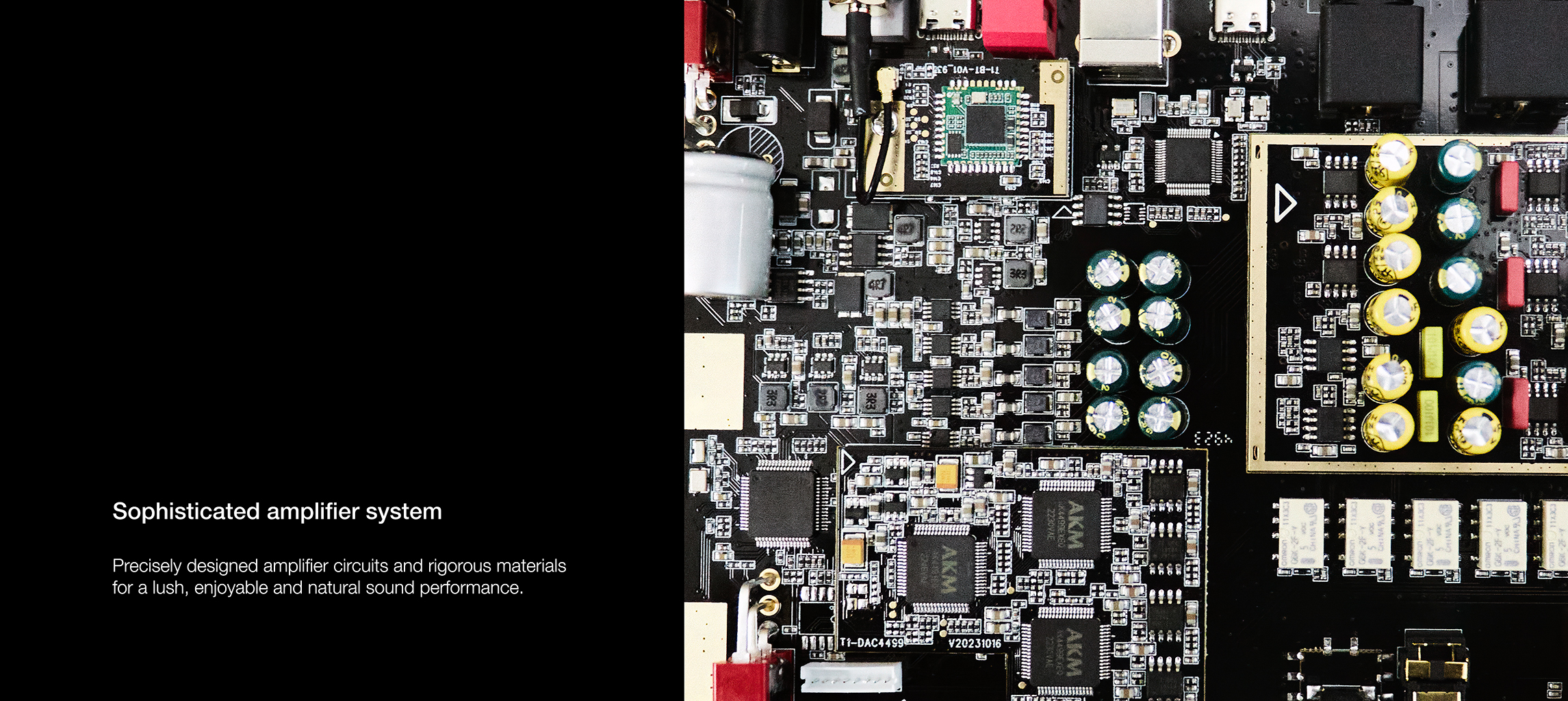
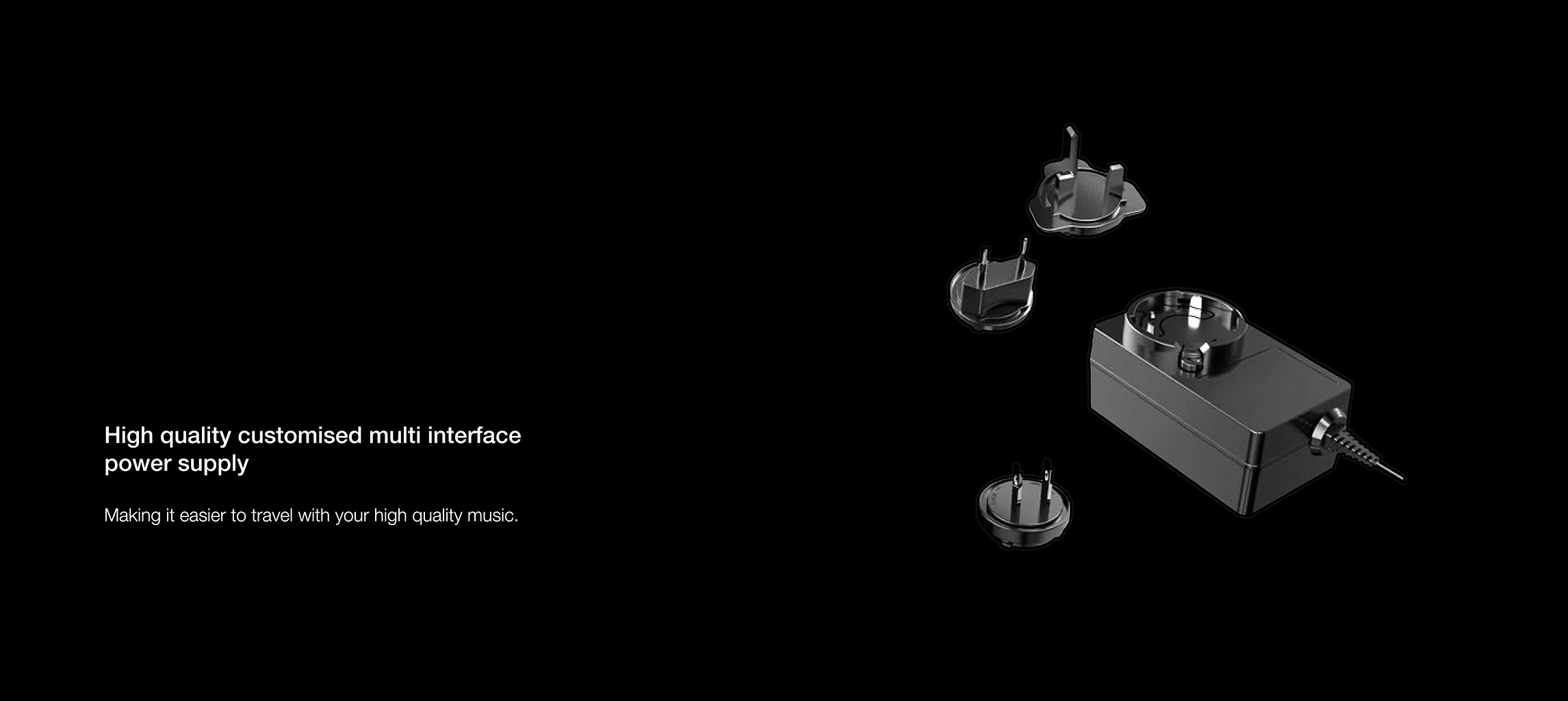
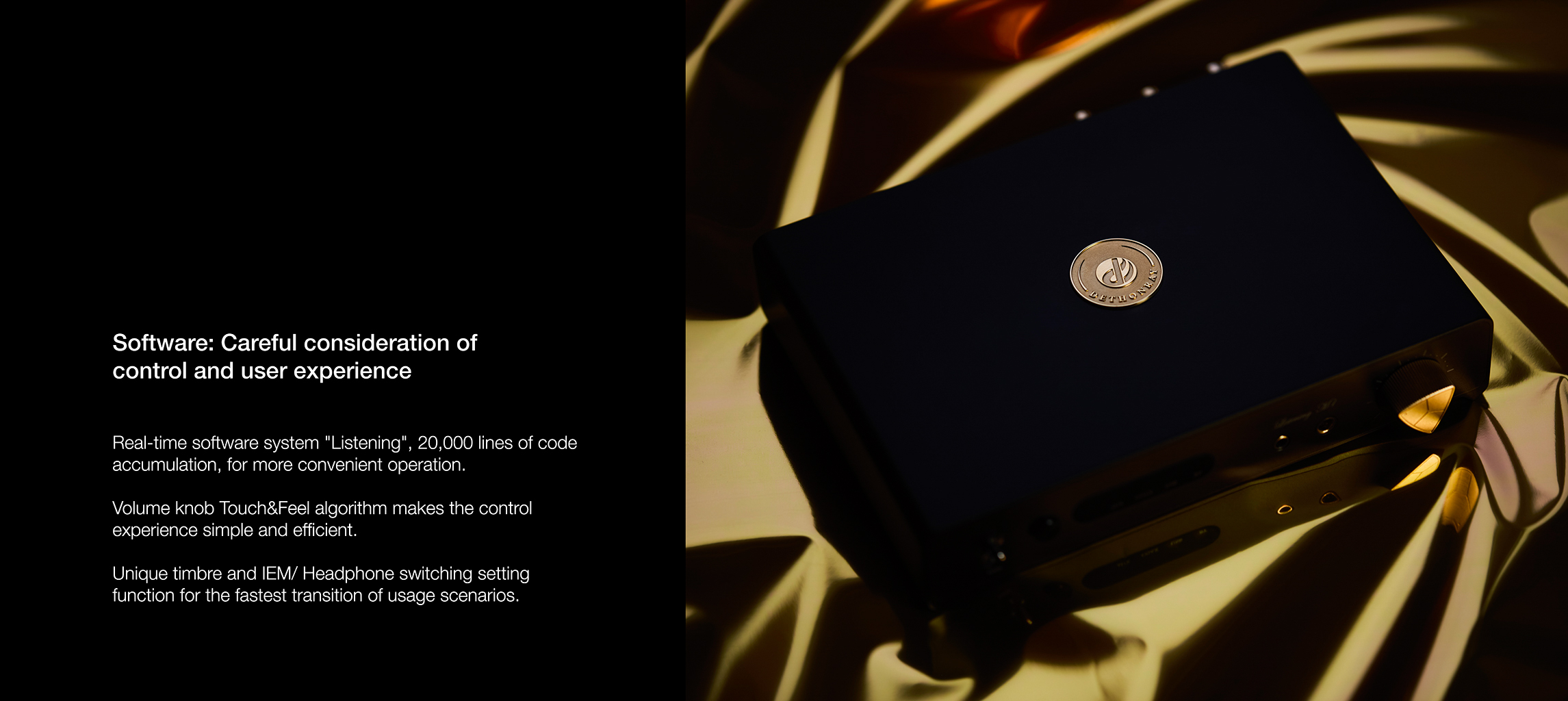
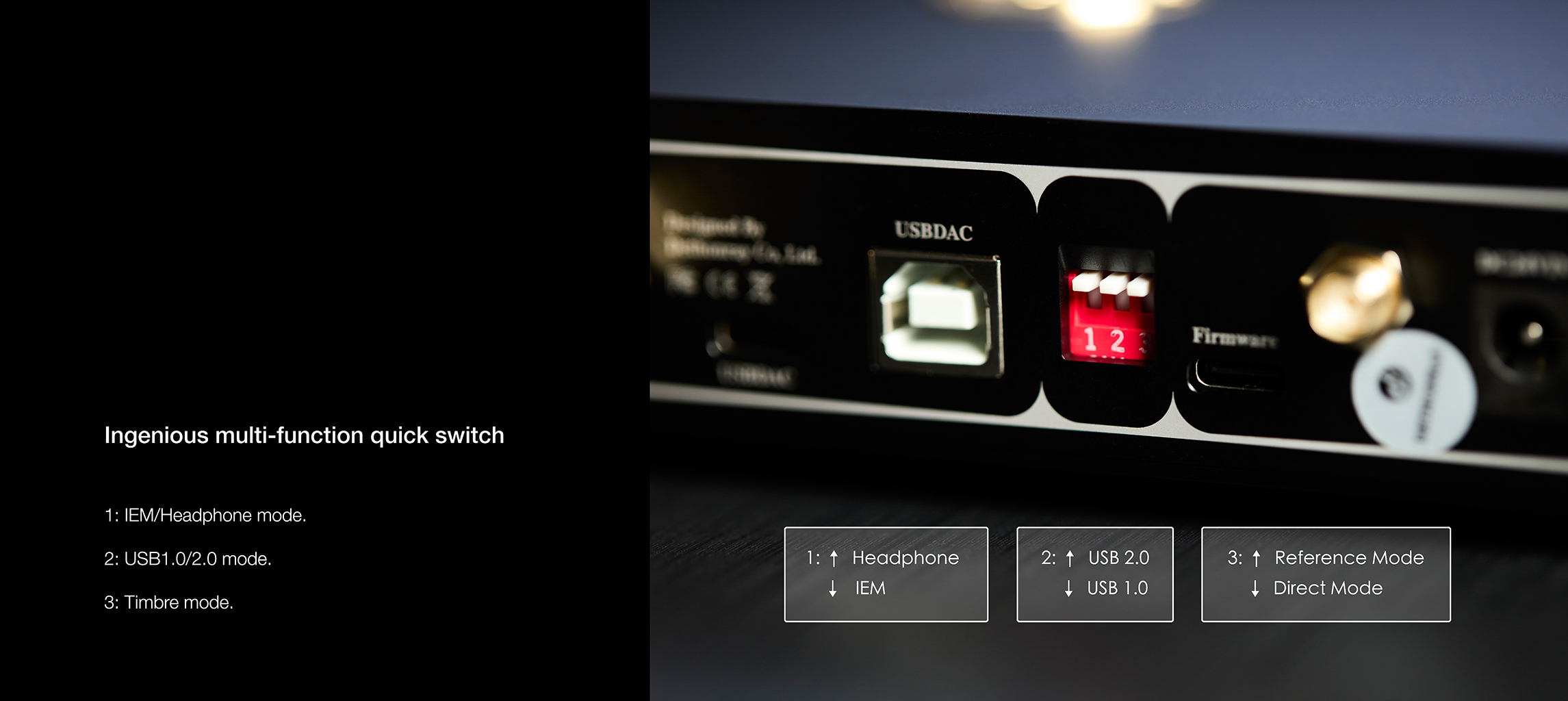
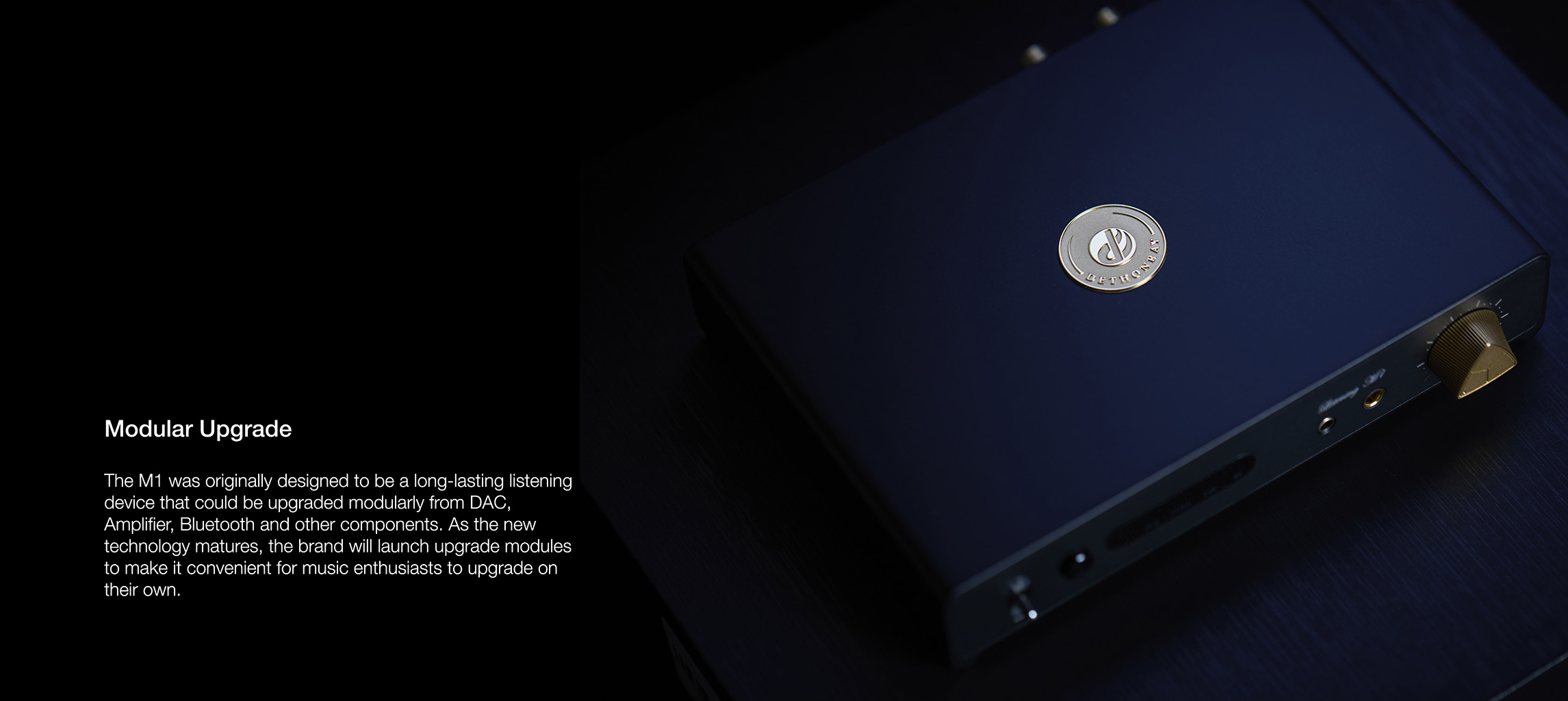
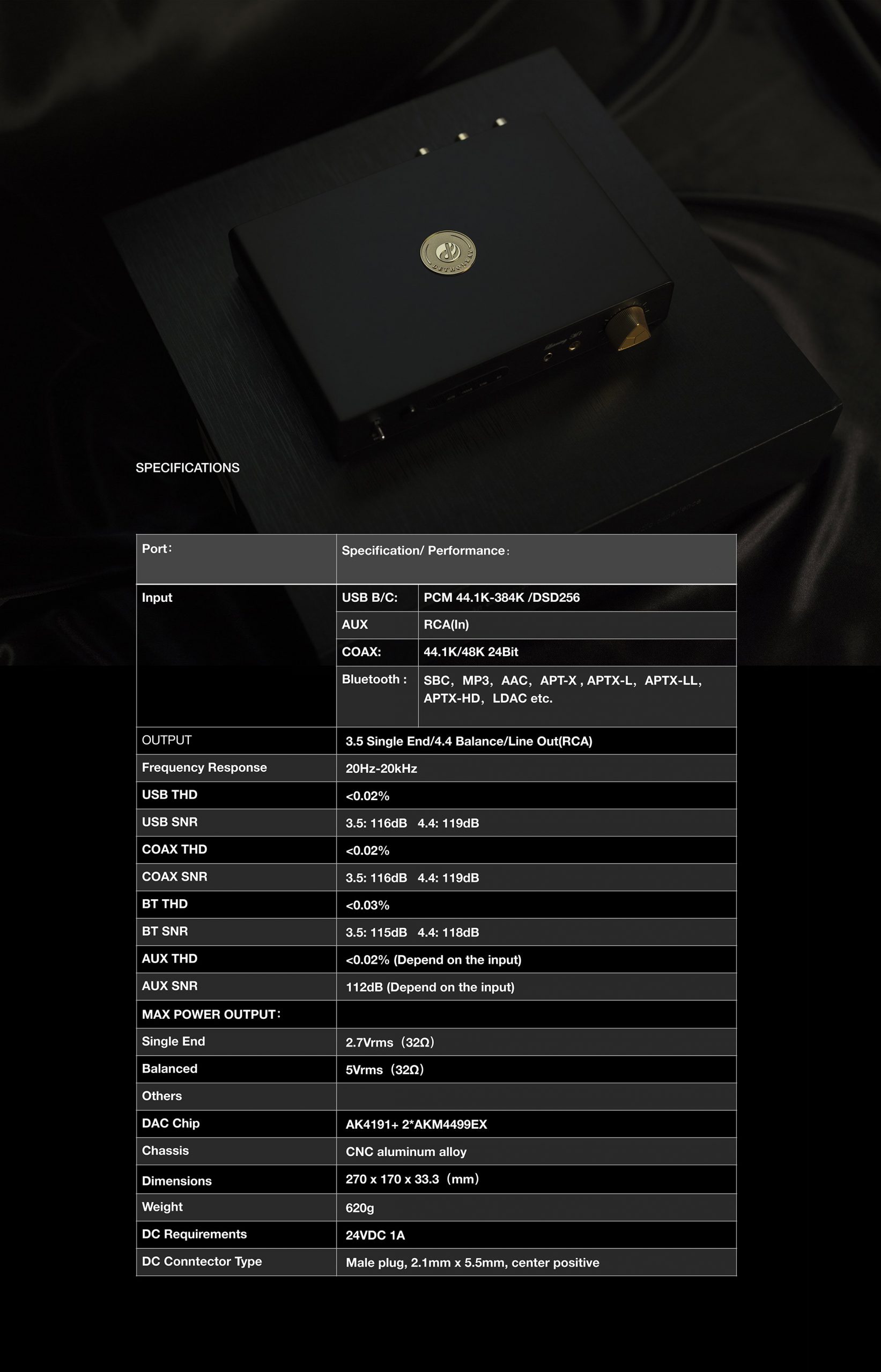

Review
https://www.headfonia.com/dethonray-listening-m1-review
Conclusion
The Dethonray Listening M1 stands out as a remarkable addition to the audiophile landscape, showcasing Anson’s commitment to innovation and excellence. With its versatility, robustness, and high-performance capabilities, the M1 delivers exceptional sound characterized by its natural, immersive, and technically proficient qualities. Its compact design further enhances its appeal. You can save a lot of space if you’re not willing to spend $3-5K on a desktop rig containing a full-size amp.
The M1 fills a crucial niche in the DAC/Amp market and is a new recommendation in the Best DAC/Amps category. It bridges the gap between mid-range options like the FIIO K9 Pro ESS and high-end offerings such as the Violectric DHA V590 in our list. Anson’s achievement with the M1 is commendable. We congratulate him on the creation of this compact yet powerful and capable unit.
–Headfonia Berkhan

Review
Value and Conclusion
Dethonray Listening M1 is a high-end flagship DAC/AMP made for the pickiest listeners who want to hear the ultimate musicality, resolution and detail, and it makes no compromise when it comes to sonics, style, design but also pricing, as the price reflects the quality, and it has a strong performance for a price on par with that performance, and to have better you simply have to pay a bit more. Especially as Dethonray is a boutique company making only a few of those, performance testing each by hand, I would say the price / performance ratio is good.
Before the end of the day, for its exceptional build quality, sonic performance and design, I want to add the Dethonray Listening M1 to the Audiophile-Heaven Hall Of Fame. It really deserves this award, and offers performance basically unmatched regardless how much you’re ready and willing to spend on a DAC/AMP, a unique tuning and best of all, everything in a smooth and ergonomic package.
At the end of the day, if you’re looking for the ultimate smoothness, resolution, clarity and musicality in sound, if you want exceptional and unparalleled driving power, for an ergonomic and beautiful device, and all with the golden level of support Dethonray offers, I recommend the Listening M1 as the ultimate listening DAC/AMP, it is a rather excellent and beautiful sounding unit.
-Audiophile Heaven
Review
https://www.audiophile-heaven.com/2024/12/audiophile-heaven-awards-best-of-2024.html
Dethonray Listening M1 is in top 3 devices I listened to the most this year, and it is thanks to its beautiful and small design which allows me to keep it on my desk, practical volume wheel, and also excellent volume control but high driving power for headphones. It can drive everything, has virtually no audible noise even when it is used as a DAC, for a separate headphone or speaker amplifier, and its high-quality sonic character that has everything, dynamics, resolution and a strong bass that makes it the best DAC/AMP with this shape and size.

The 3 Key Questions About Listening M1
1. Why choose an analog volume potentiometer to implement digital volume control? How to find and set the optimal volume level for IEMs and headphones?
In DETHONRAY’s DAC/amplifier lineup, we have consistently implemented traditional analog volume potentiometers, primarily for their ability to provide precise and responsive volume control. However, analog potentiometers have an inherent drawback: channel imbalance may develop after extended use.
With our Honey H1, we pioneered an integrated hardware-software solution that digitizes the analog signal variations and processes them through our proprietary “Touch & Feel” algorithm for volume control. This approach maintains the excellent user experience while completely eliminating channel imbalance issues.
For the Listening M1, as its design primarily focuses on full-size headphones, the volume control system became more sophisticated. To help users achieve optimal results, we’re detailing the design principles and usage methodology.
The M1’s design thoroughly accounts for the distinct characteristics of IEMs and full-size headphones, implementing separate output configurations for each. The detailed framework is illustrated below.
The M1 features a four-tier volume control system:
(1) Source level adjustment: Users can adjust the digital volume on their source device, whether it’s a smartphone, tablet, digital audio player, or computer.
(2) IEM/Headphone switch on M1’s rear panel: Users should select the appropriate position based on their audio gear before use, which optimizes the maximum output for different scenarios.
(3) High/Low Gain switch: After setting the IEM/Headphone mode, users can select the appropriate gain setting for their specific audio gear. We recommend using the lowest gain setting that provides adequate volume, allowing for more precise volume adjustment through the main knob.
(4) Volume knob: This final stage is crucial for achieving precise volume matching.
For optimal volume setting, we recommend adjusting these controls sequentially from source to volume knob to find the ideal listening level. Setting the source volume too high can result in non-linear volume response and unexpected volume jumps at the amplifier stage.
The M1’s design ensures consistent tonal characteristics across all volume levels. Different gain settings and volume positions can affect detail retrieval and layering presentation, making precise volume adjustment crucial for optimal listening experience. Remember, louder isn’t always better.
2. Why does M1 deliver excellent control across various IEMs and headphones despite moderate output specifications?
When audio audiophiles evaluate DAC/amplifier combinations, output power specifications often become a primary focus. Many believe that higher power specifications indicate better potential to maximize their headphones’ capabilities. However, from a design perspective, what truly matters is achieving the ideal tonal balance rather than pursuing impressive power specifications. It’s important to note that power specifications typically indicate maximum output power, which isn’t necessarily relevant for normal listening conditions. For most IEMs and headphones, the actual power requirement for achieving sufficient volume is quite modest. After all, no one evaluates sound quality at maximum output levels. Therefore, the more challenging and crucial aspect of design lies in achieving excellent tonal balance and broad compatibility across different audio gear – what audiophiles refer to as “tuning.”
IEMs and full-size headphones have fundamentally different power requirements due to their distinct driver sizes and technical implementations.
For typical IEMs, when tested with a 1kHz 0dB sine wave signal into a 32-ohm load, an output of 300-500mV provides sufficient volume for most market offerings. For low-impedance, high-sensitivity balanced armature IEMs, even 200-300mV can deliver adequate volume levels.
Taking the Sennheiser HD650 as an example of common full-size headphones, with its 300-ohm impedance and 103dB sensitivity, a 1Vrms output provides more than sufficient volume. Engineering analysis confirms that less than 100mW of actual output power can effectively drive most IEMs and headphones in the market. This demonstrates that sound quality isn’t necessarily correlated with thousand-milliwatt power specifications.
The M1’s design philosophy centered on finding the optimal balance between driving capability and sound quality. While high-power designs can deliver full and powerful sound, they often result in harsh, fatiguing presentations. Moreover, many high-power devices exhibit frequency response imbalances at higher output levels, reducing their compatibility with different headphones and creating gear-matching challenges.
In the M1’s PCB layout, as illustrated below, two-thirds of the board area is dedicated to power supply implementation. The design incorporates 12 independent analog power rails and 8 independent digital power supplies, ensuring exceptional stability and reliability. This sophisticated power architecture enables the M1 to maintain consistent tonal characteristics and balanced, engaging sound reproduction across a wide range of audio gear – from highly sensitive IEMs to challenging full-size headphones with sub-100dB sensitivity.
3. The M1 delivers outstanding bass performance and resolution with just one AK4191 paired with two AK4499EX DACs. Would incorporating more DAC chips yield better results?
While the DAC implementation is indeed a crucial component in any decoder-amplifier design, the M1’s distinctive sound signature stems from multiple factors. The exceptional performance is primarily attributed to two key elements: the inherent qualities of AKM’s flagship chips and our sophisticated Low-Pass Filter (LPF) circuit design. For a deeper understanding of the M1’s performance, we encourage revisiting the power supply architecture detailed in question two.
The question of whether more DAC chips would enhance performance requires a nuanced response. While additional DAC chips might yield marginally improved technical specifications on paper, this doesn’t necessarily translate to perceivable improvements in real-world sound quality or control capability.
Let’s examine why:
In a compact, moderate-power device like the Listening M1, the limiting factors in sound quality often lie elsewhere in the signal chain. Our current implementation with one AK4191 and two AK4499EX DACs already achieves optimal performance within the device’s design parameters. The AK4499EX, being AKM’s flagship DAC chip, delivers exceptional dynamic range and ultra-low distortion figures that exceed the practical requirements of personal audio applications.
The critical factor in achieving superior sound quality isn’t simply the number of DAC chips, but rather how effectively they are implemented within the overall circuit design. This includes considerations such as:
Power supply stability
Analog stage design
Clock implementation
Signal routing
Ground plane management
While multiple DAC configurations might make sense in high-power commercial amplifier designs where different engineering constraints apply, for a premium personal audio device like the M1, our current implementation represents the optimal balance of performance, efficiency, and practical benefit.